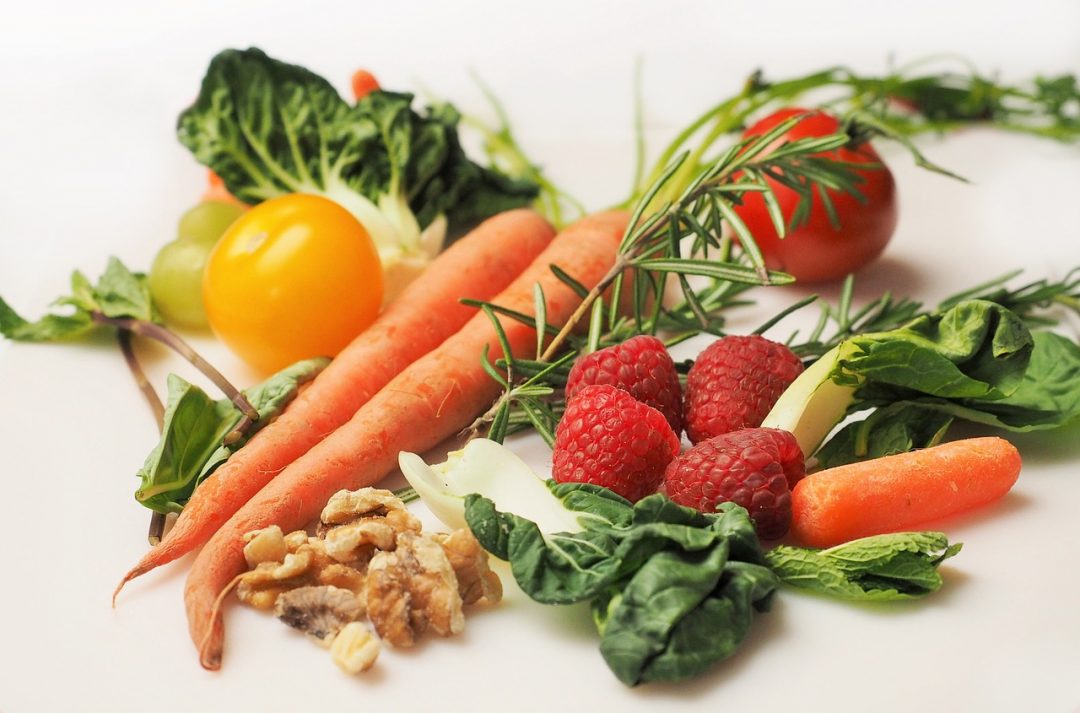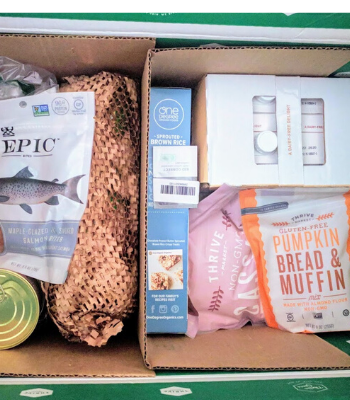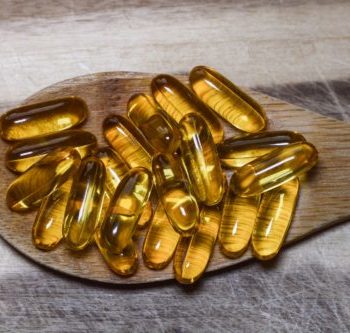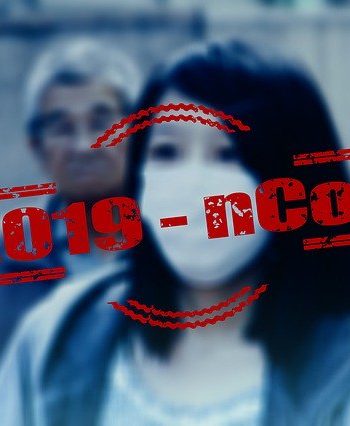This post contains affiliate links, which means I may earn some money if you click on one. Don't worry, there is no additional cost to you. Thank you for supporting my blog.
It is hard to believe I have been eating clean for almost 7 years. Is my diet perfect? No. I occasionally eat things I probably shouldn’t, and I did not change my diet overnight. But I love nourishing my body by providing it with foods that are free of toxins and nutritionally dense.
So where do you begin if you are interested in changing your eating habits? Hopefully this post gives you some ideas on what to eliminate, and why you should.
Step 1 – Healthy Fats
I started at the top of the food chain, with fats. The very first thing I changed was the quality of the fats I consumed. I eliminated Canola Oil completely, and replaced it with high quality alternatives like ghee, real butter, coconut oil, tallow, organic olive oil and organic avocado oil. (I use olive oil and avocado oil for salads, not cooking).
Vegetable oils (such as corn and soybean) are incredibly unhealthy, and may be a contributing factor to the obesity epidemic in our country. Healthy fats can actually have a positive impact on our health.
At the very least, the fats consumed should be excellent quality. For more information on the importance of consuming quality fat, I highly recommend the book “Eat Fat Lose Fat“.
Step 2 – Organic Pastured Meat
Around the same time I replaced the unhealthy fats and oils, I started to replace the meat, poultry, and seafood with “cleaner” options. There are some who think all muscle meat is harmful, and can cause cancer. There are others who believe meat consumption is healthy and necessary, as long as the meat is organic and pastured.
Instead of stressing out about these two very different opinions, I chose the middle ground. I eat meat occasionally, as long as it is organic/pastured.
I contemplated becoming a vegan or a vegetarian in the past, but I am not convinced it is the healthiest option. I have an open mind, and I have watched a few vegan documentaries, but I did not find them convincing. Most of the studies in vegan documentaries compare industrial meat to a vegan diet, and that does not prove much. (Industrial meat is very different from organic meat from pastured animals, it is like comparing apples to oranges).
Beef
Meat, if consumed, should be organic. Beef, should be not only grassfed, but also GRASS FINISHED. Beef from animals that are raised in captivity do not have the same nutritional profile as animals who get exercise and eat the way they are designed to eat.
Seafood
Seafood should be wild, not farm raised. The environment where the fish or shrimp are caught is also important. For example, I do not want to eat seafood caught in a toxic soup of chemicals. This makes sourcing good quality seafood very difficult. Smaller fish do not accumulate as many toxins, so fish like anchovies, sardines, and mackerel are a better choice than tuna.
Salmon should be wild caught, and are also one of the healthier fish to consume. (Salmon raised on a fish farm should be avoided).

Chicken
Chicken should be free range and organic. Chickens are omnivorous, their diet should be comprised of animals and plants. Factory farm chickens are fed genetically engineered corn and soy, instead of seeds, green plants, insects, and worms.
Obviously there are situations where the choices are limited, and stressing over it is not going to improve your health. When buying food for my family, I choose to vote with my dollars. If I eat out, I try to avoid food from the top of the food chain, as that is where toxins accumulate.
Organ Meat vs. Muscle Meat
I think it is possible to have a nutritionally dense diet without muscle meat, if one consumes organ meats, and bone broths. In fact, this is the type of traditional diet I observed when I live in South Korea.
I was surprised to discover the Gerson Diet, a well known cancer – healing diet, includes consuming organic liver pills. This only reinforces my belief that organ meats are the healthier option.
I think most Americans consume too much meat, and we should consume more vegetables.
Step 3 – Removing gluten
The wheat in this country has changed a lot, it is not the wheat our ancestors ate. It is amazing how many health issues resolve once wheat is removed from the diet. I know a few people who have digestive problems from wheat grown in America, yet they can eat wheat in Italy with no issues.
Something has gone incredibly wrong, so what happened?
Selective farming methods in America has resulted in wheat that is very high in gluten. Gluten is the protein in wheat which makes it soft and pliable.
It is a misconception that wheat in America is a type of GMO. Yes, the genetics of wheat has been modified, but not in the same way corn has been altered. GMO corn contains genes from a bacteria in it, called Bacillus thuringiensis, which makes it resistant to pests. The wheat that is commercially available in America does not contain genes from other organisms, it has been changed by cross-breeding and hybridization. Though the method is different, the result is still detrimental to our health. Most hybridized wheat is very difficult to digest, and some say it it not fit for human consumption.
To make matters worse, gluten which is not properly digested becomes an opiate like substance, called gluteomorphin. Gluteomorphins are just as addictive as opiate drugs; you can get addicted to wheat.
Then of course there is the glyphosate contamination; many farmers in America spray wheat with glyphosate because it makes it easier to harvest.
Is all wheat unhealthy? It seems to be well tolerated by some people. However, I am convinced “conventional wheat” is not healthy at all. I avoid it.
Wheat should be traditionally prepared, by soaking, sprouting, and souring.
Wheat should not be hybridized, the ancient grains are easier to digest and they are not as high in gluten. (Einkhorn flour is one example).
Wheat should be organic, glyphosate only adds to the digestive problems, and it has been linked to cancer.
If you have any health problems, especially digestive problems, you may benefit greatly by removing wheat from your diet for a while. Once your digestive system heals, add properly prepared wheat back into your diet, and you may be pleasantly surprised to discover you can tolerate wheat, (if it is the right kind).
Step 4 – Dairy
People have very extreme views about cow’s milk.
There are some who believe cow’s milk is only for baby cows, and people should not drink it. Then there are others who believe the problem is conventional dairy which is pasteurized and homogenized.
The truth is somewhere in between. Dairy can cause problems for many. It can cause chronic ear infections, digestive problems, skin issues, (eczema), and it has even been linked to autism.
It is interesting to note that A2 dairy does not cause these problems. I read a book called “The Devil In Milk” a few years ago, and it was fascinating. Cow’s milk with A2 beta-casein is the type of milk our ancestors consumed. Most of the dairy in America comes from Holstein cows and it is mostly A1 beta-casein. This protein is difficult to digest.
Many who think they are lactose intolerant may be sensitive to the different caseins.
Last year I had a strange experience. I found out Lily was sensitive to A1 beta-casein. If she consumed too much of it she had meltdowns. (This was unusual for her, she never had meltdowns in the past).
I had her tested for food sensitivities and brought samples of A2 milk and A1 milk. According to our naturopath she was only sensitive to A1 dairy.
I know it is only anecdotal, but the A2 theory was true for us. (Recent testing showed she is no longer sensitive, but we still consume mostly A2 dairy products. It is healthier).
There is A2 cow’s milk available in America now. It is interesting to note that human breastmilk contains A2 beta-casein, and goat, sheep, and camel milk contains A2 beta-casein.
If you are cleaning up your diet, it is important to remove food that is causing inflammation in the body. Food should nourish and heal, not harm us.
Dairy causes problems for a lot of people. I think in moderation it can be incredibly healthy, if it is raw milk, or fermented, (like yogurt, kefir, etc.). But it is not healthy for everyone.
Step 5 – Eliminate Processed Foods
Processed foods are very harmful to our health. Once I became aware of how much garbage was in our “food” I became very good at reading nutritional labels. I was pretty disgusted to discover all the chemicals in processed food. Many of these ingredients, like food dyes, are banned from food products in other countries.
Seemingly harmless ingredients, such as folic acid, can cause great harm to those of us who cannot convert it into folate. Scientific studies have shown folic acid can block folate receptors, causing the deficiency it is supposed to prevent. When buying processed foods, I look for products that have only a few ingredients. They should be something you can recognize, not long scientific names you can’t pronounce.
I should note that labels like “gluten-free’ and even GMO free is very misleading. Many “gluten-free” products are very unhealthy, and contain a LOT of chemicals. Many products that say GMO free are full of pesticides and harmful chemicals. Even organic products can contain questionable ingredients.
Don’t even get me started on sugar, it is added to almost everything. I have even found it in organic mayonnaise. It can be overwhelming at first, but once you know what to look for, deciphering food labels becomes second nature.
Replacing processed food with whole foods does require more time and planning, but it becomes less difficult with time.
This morning I made gluten-free waffles with almond flour, organic/pastured eggs, vanilla, cinnamon, and aluminum-free baking flour. It only took about 10 minutes from start to finish. Sure, there is less effort to pop a frozen waffle in a toaster, but what do you lose in nourishment?
Real food does not have ingredients, real food IS ingredients.
Pace Yourself
I tend to be an “all or nothing” kind of person, but I did not change everything overnight. I discovered the more I changed, the better and healthier I felt, which gave me the motivation to make more changes. Making small changes is better than no changes, so please keep that in mind, and try not to get overwhelmed.
Have you changed your diet recently? Which changes made the most impact on YOUR health?





No Comments